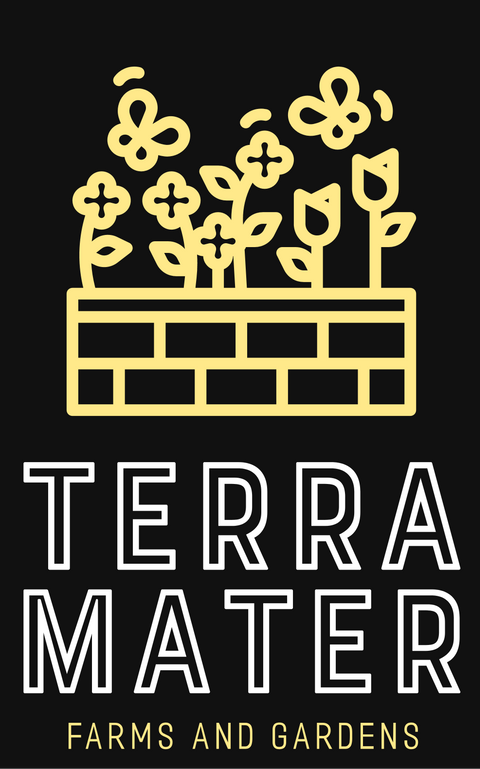Yellow Albino Springtails (Ceratophysella sp.) – Rare, globular springtails for bioactive terrariums and waste breakdown.
Essential Clean-Up Crew for Bioactive Terrariums and Vivariums, Live Culture
Looking for a springtail that works as hard as it shines? These Yellow Albino Springtails bring unmatched utility and visual appeal to your bioactive setup.
From the Ceratophysella genus, this striking yellow albino species stands out, not just in color, but in performance. Originally found in temperate forests and grassy meadows with high organic moisture, Ceratophysella springtails have evolved to excel in humid microhabitats rich in fungal activity. This makes them a natural fit for terrariums, vivariums, isopod bins, and mossy plant enclosures where organic breakdown and mold regulation are critical.
Small, soft-bodied, and highly responsive to microclimate changes, Yellow Albino Springtails are a cornerstone bioactive cleanup crew species. Their pale, buttery yellow hue also makes them one of the easiest springtails to track and observe, a great choice for keepers who monitor colony health closely or simply enjoy watching microfauna in action.
Why Choose Yellow Albino Springtails?
-
Visually distinct and easy to spot against dark soils, moss, or bark
-
Excellent mold and mildew suppressors, perfect for terrarium mold prevention
-
Forage consistently at the surface and mid-layers, creating a stable cleanup loop
-
Especially useful in plant-heavy, damp terrariums or isopod tank helper environments
-
Compatible with frogs, geckos, inverts, and live moss ecosystems
🧡 Their visible movement adds a subtle sense of life to your ecosystem without overwhelming the scene.
How to Introduce Them
Gently tap or spoon the live culture onto moist substrate, bark slabs, or leaf litter zones. You can also seed them into moss clumps, cork crevices, or near isopod feeding areas. Once released, they’ll gradually establish in humid zones with consistent organic breakdown, the kind of habitat where mold typically forms. That’s exactly where they do their best work.
Feeding & Care
Yellow Albinos feed on mold, fungal hyphae, biofilm, and soft detritus. In a mature bioactive system, they’ll feed naturally without supplementation. To boost population growth or sustain separate cultures, offer a light sprinkle of brewer’s yeast, spirulina powder, or cooked rice grains. Maintain 80–95% relative humidity with regular misting, and avoid dry pockets or overly compact substrate.
🌿 These springtails are particularly good at maintaining microbe balance during periods of high moisture, such as after watering or misting, a time when other species may crash or spike uncontrollably.
What Makes Them Special
Compared to common white springtails like Folsomia candida, Yellow Albinos are more responsive to fungal blooms and slightly more surface-oriented. That makes them quicker at responding to mold growth and easier to integrate with moss walls, bonsai setups, or houseplant bins. Their coloration also allows for real-time population tracking, no digging required.
They’re a smart choice for anyone looking to maintain long-term ecosystem stability while keeping an eye on the health of their microfauna.
Best Use Cases
-
Tropical and subtropical terrariums with live moss and soft woods
-
Mixed-isopod enclosures where mold can become an issue
-
Seedling trays and houseplant bins prone to mildew or fungus gnats
-
Naturalistic vivariums with amphibians or moisture-loving reptiles
-
Companion species in diverse springtails for terrariums cultures
🟡 Want a springtail that offers top-tier cleanup, high visibility, and strong adaptability? These Yellow Albinos check every box.
🛒 Add them to your cart today and give your bioactive system the boost it deserves, because a thriving microfauna community starts with the right foundation.



